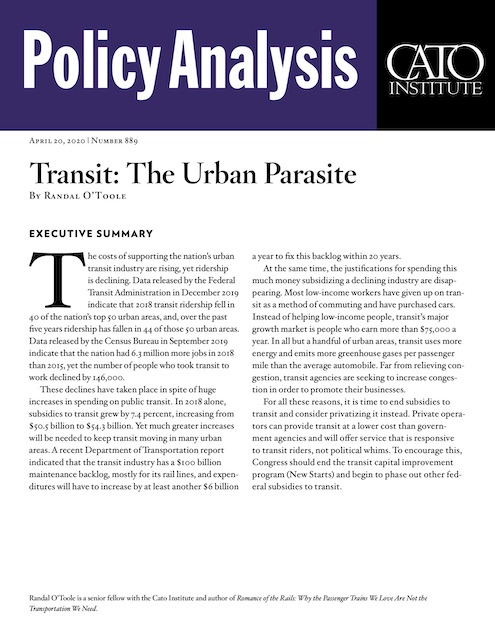Last week, I pointed out a recent report that blamed much of the spread of COVID-19 in New York City on the subway system. Recently, I’ve collected a series of memos suggesting that New York’s Metropolitan Transportation Authority (MTA) is specifically culpable in this spread.
During the 2012 influenza epidemic, the MTA issued a policy directive stating that the agency would keep a six-week supply of sanitizer wipes, sanitizer gel, and N95 respirators on hand for use by employees. The directive specifically stated that the masks would be available for bus drivers, station attendants, train conductors, and cleaners, among others.
The first COVID-19 death in America was reported in Washington state on February 29, 2020. Rather than make its supposed six-week stockpile of masks available to its employees, MTA issued a memo on March 6 forbidding employees from wearing masks, even if they had their own masks. The memo worried that, if bus operators and station attendants were allowed to wear masks, it could lead to “panicked purchasing of facemasks . . . thereby putting health care providers and their communities at greater risk.” Continue reading








